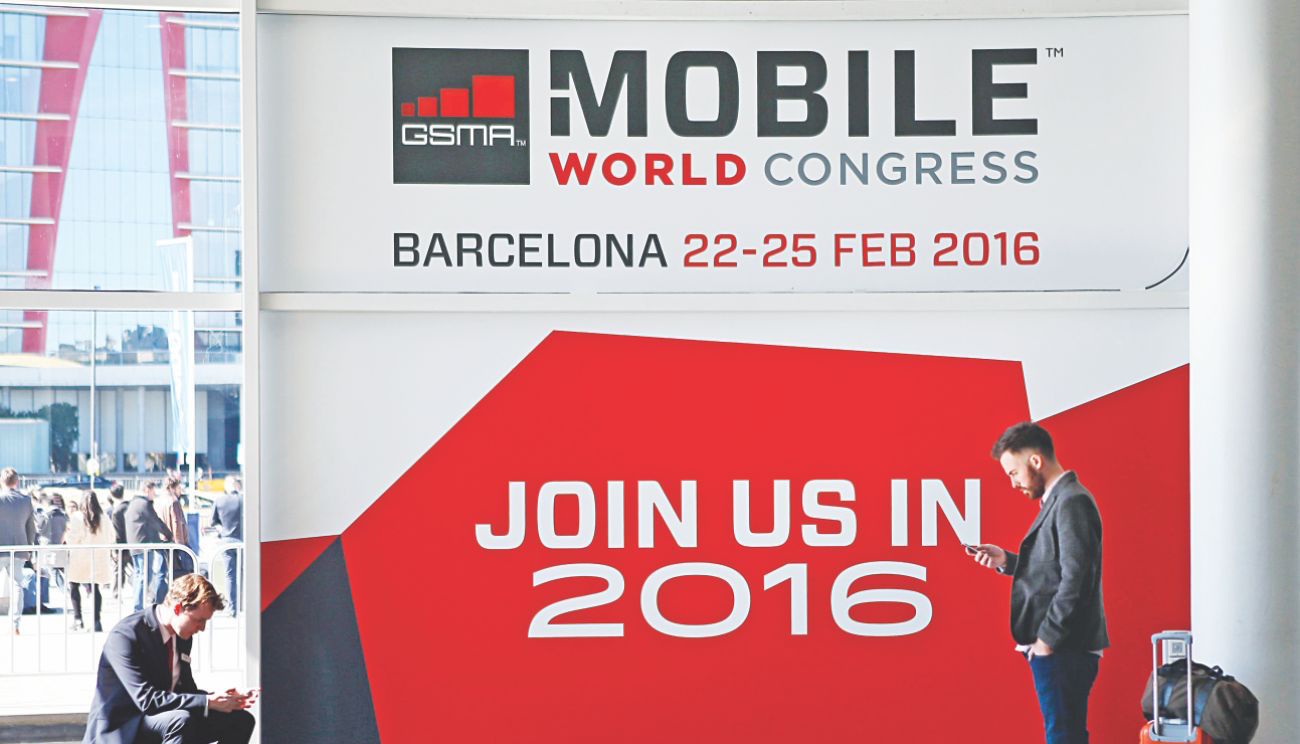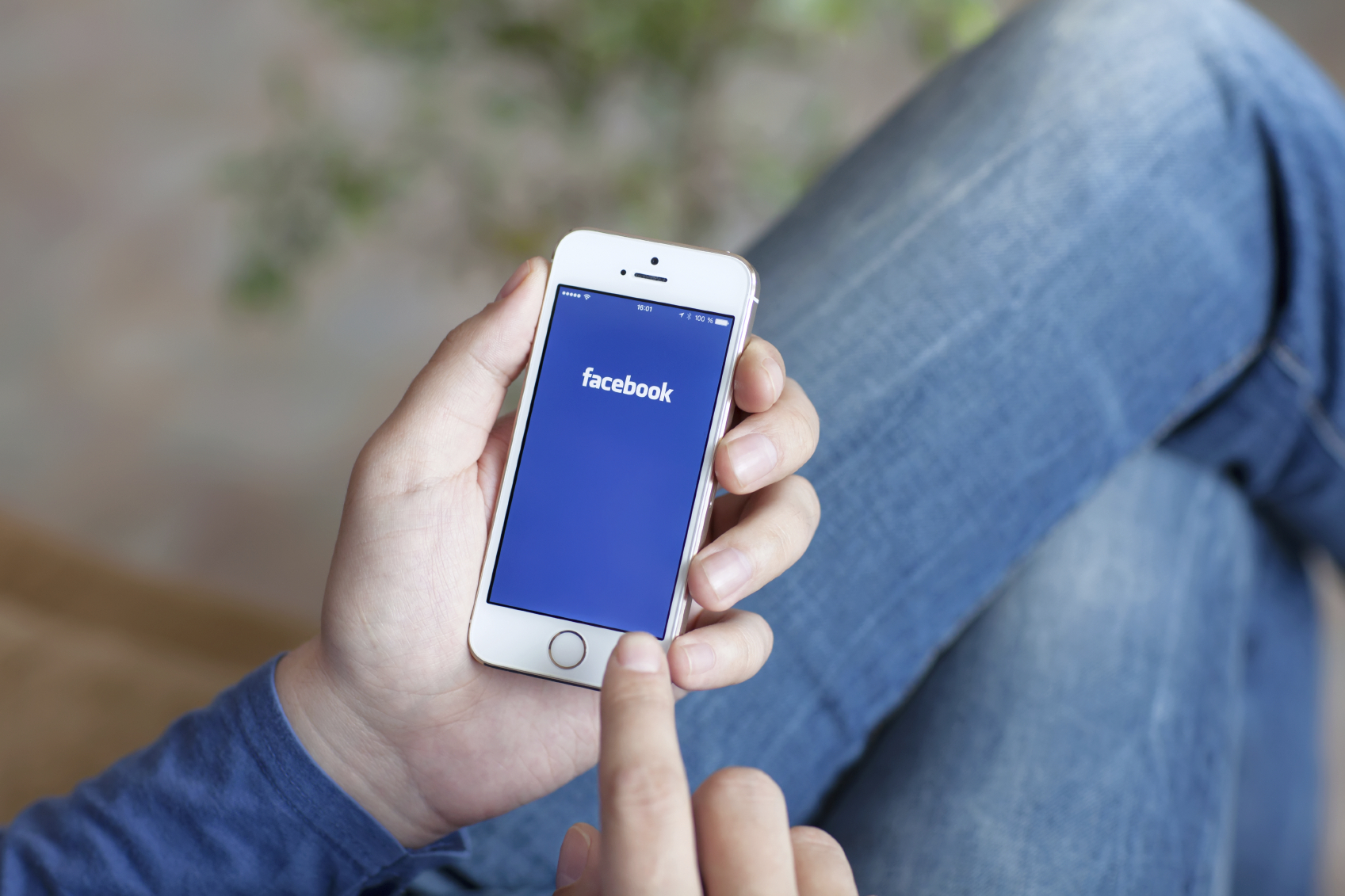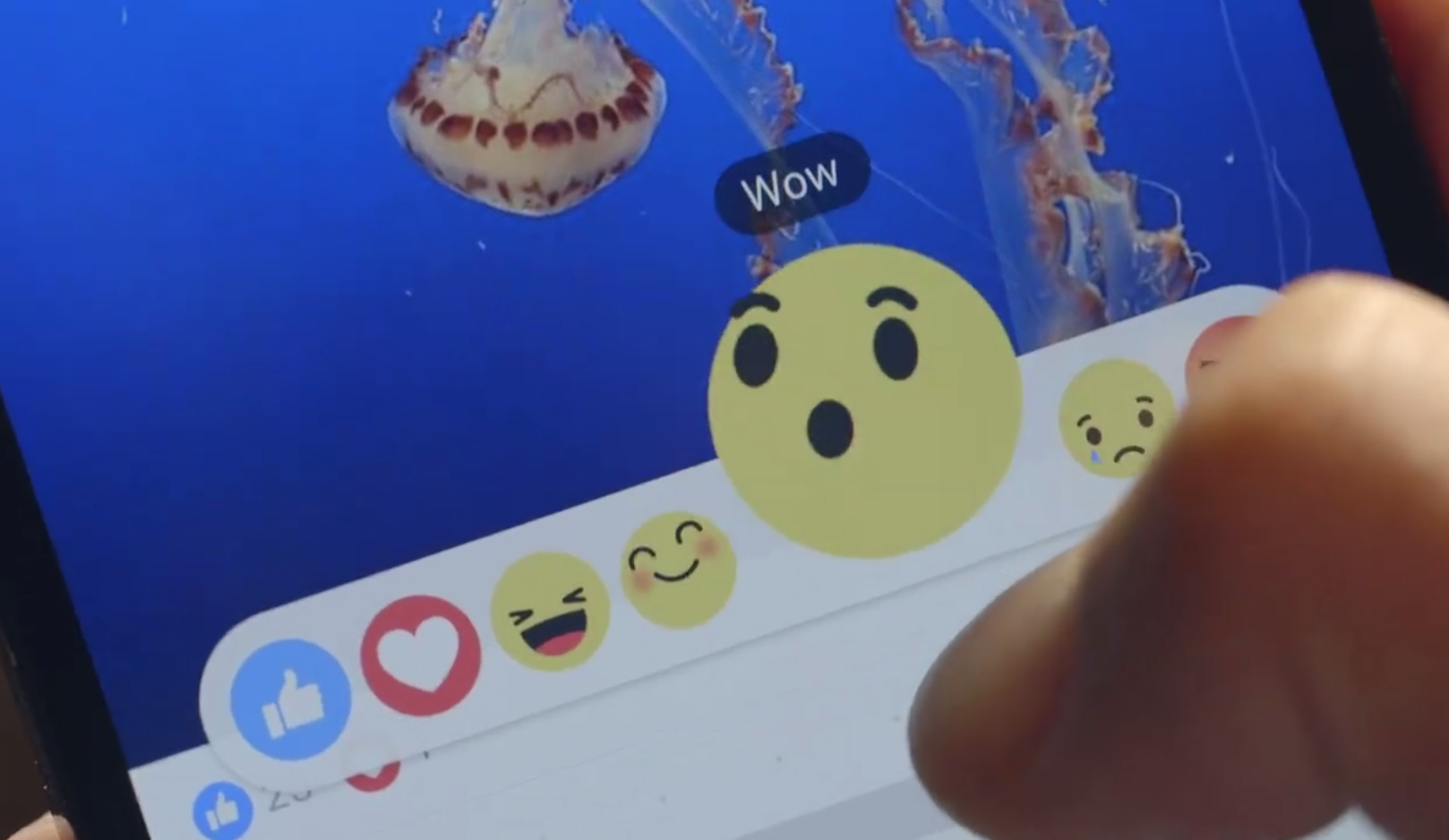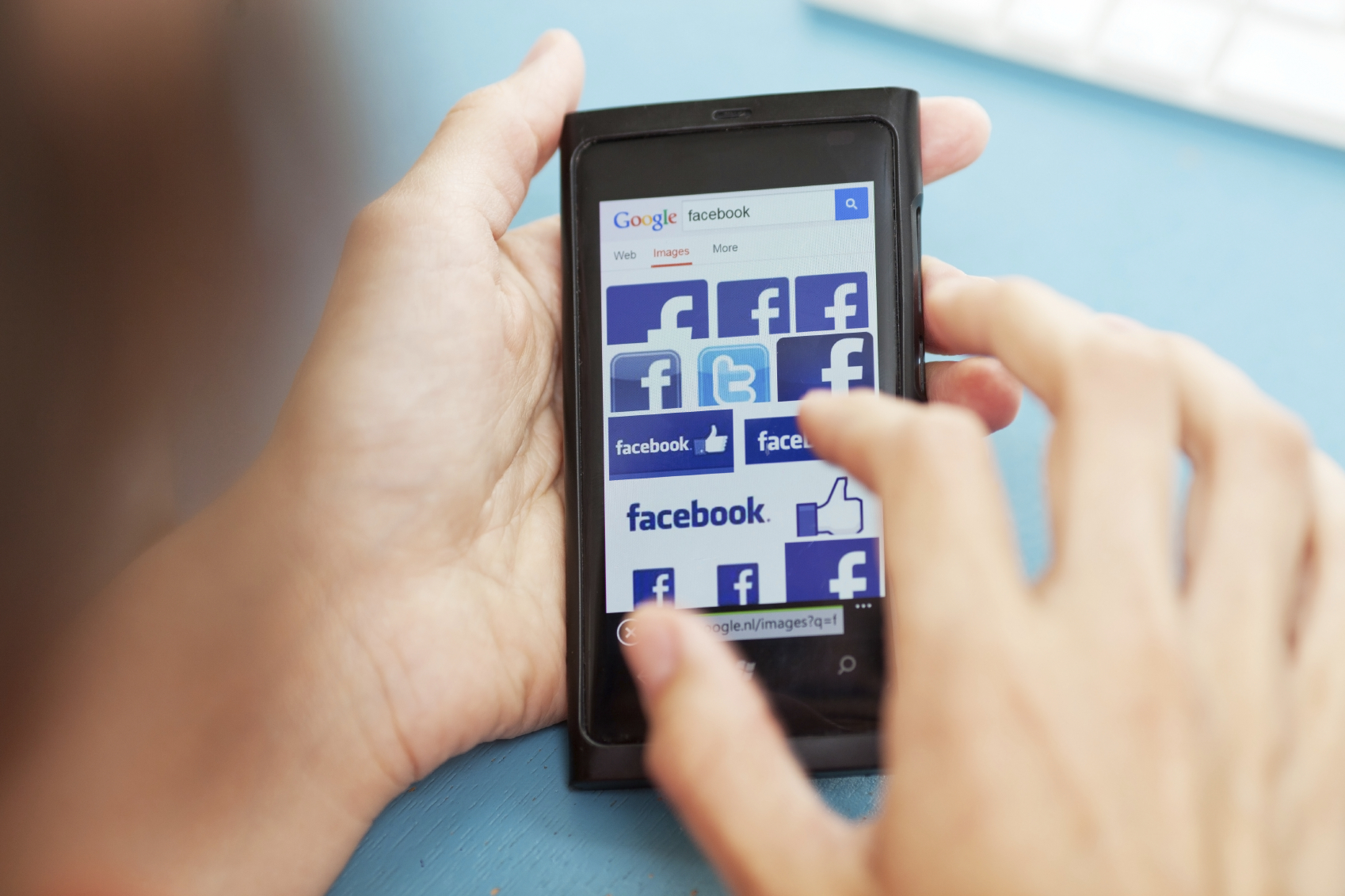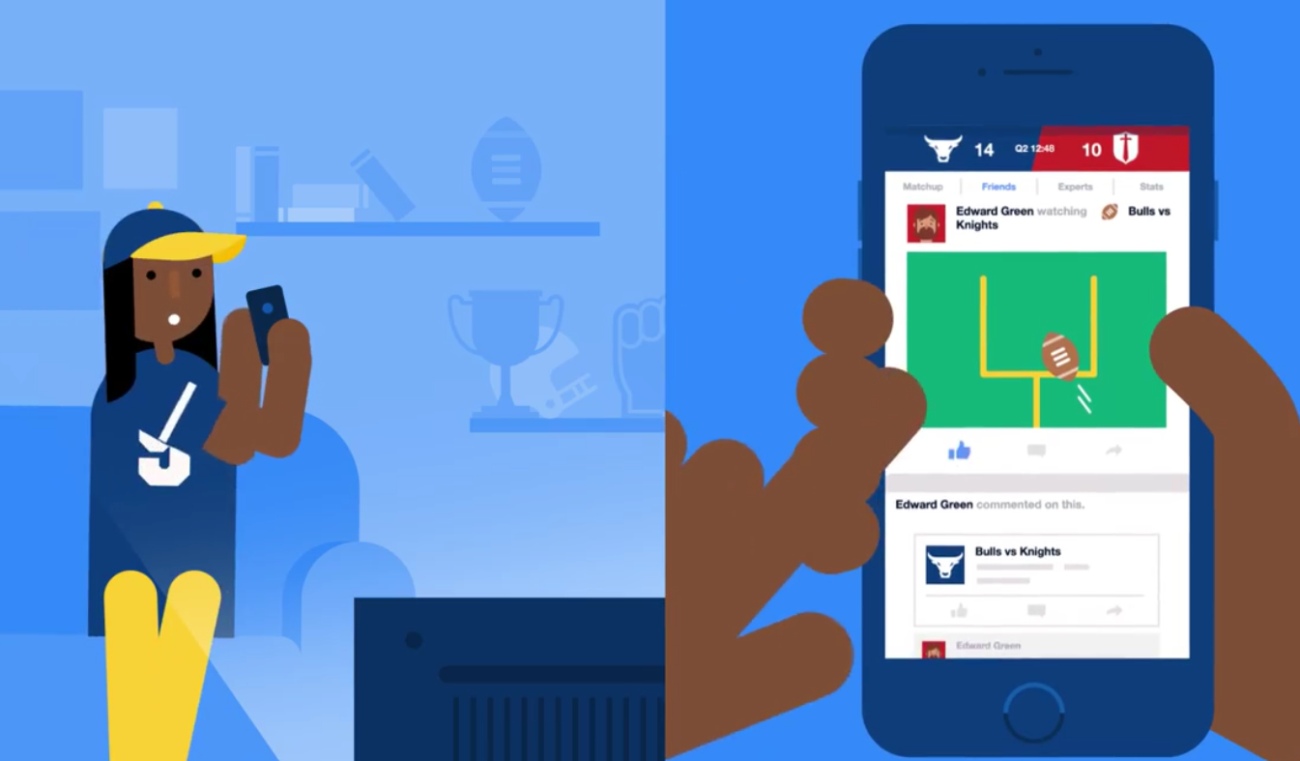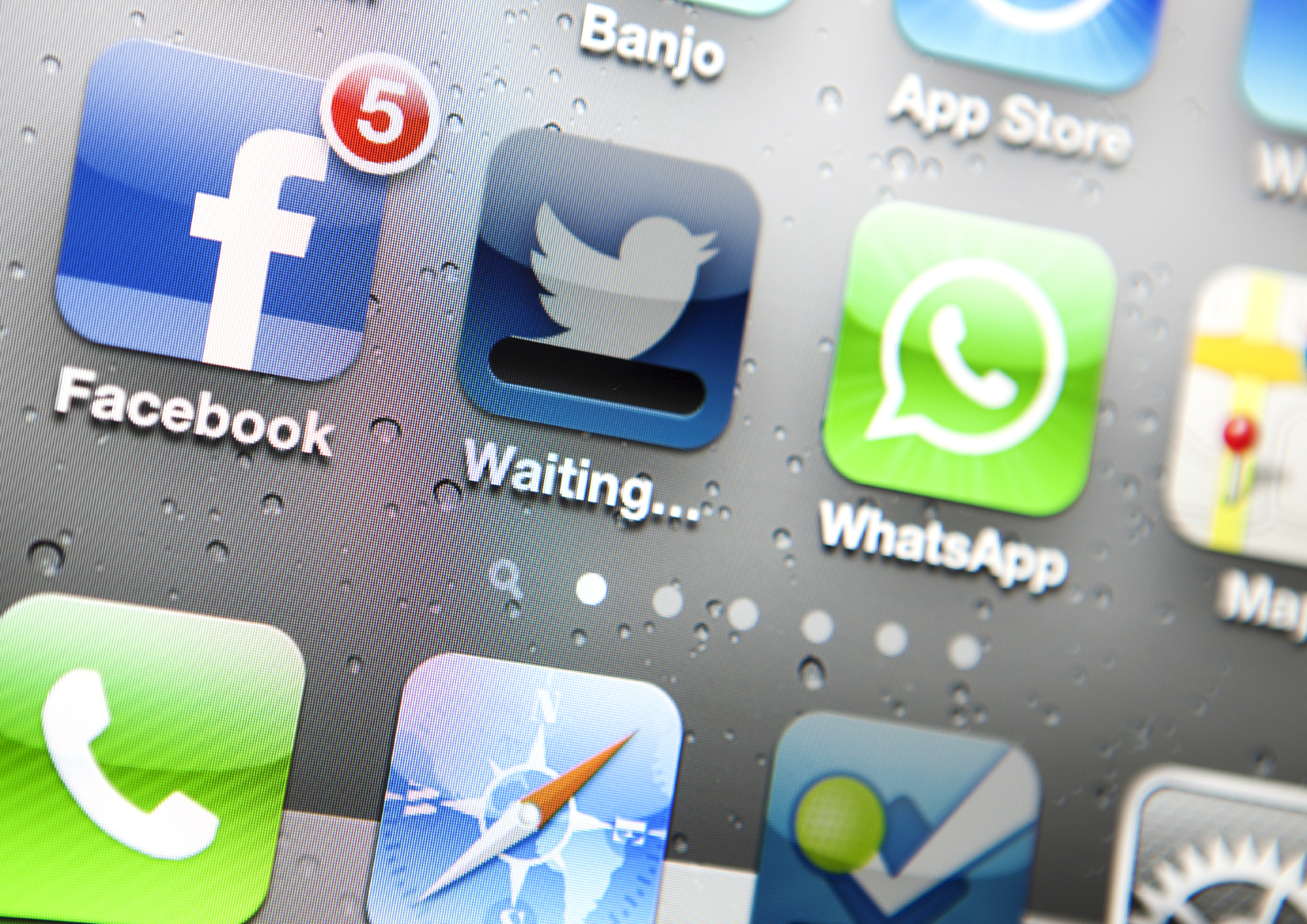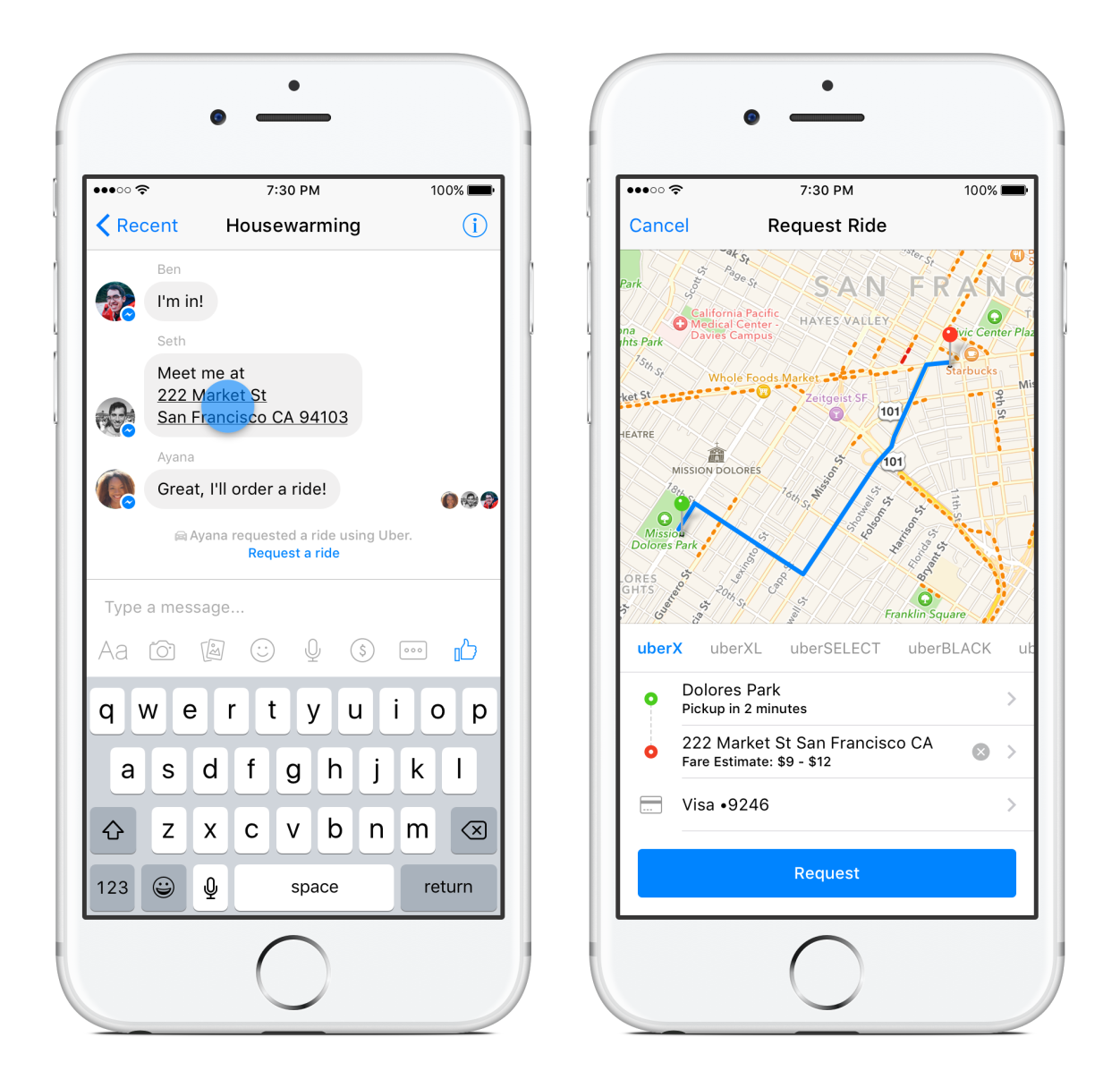What Happened
On Thursday, Facebook officially launched Canvas, an ad product that loads full-screen rich media right from the news feed, bringing a faster, cleaner mobile experience pioneered by Instant Articles to ads. Facebook started testing this immersive full-screen ad unit last September, and the company says early tests have shown users spend more time on Canvas ads, with the top Canvas ads gaining over 70 seconds of view time per user.
Facebook is also offering brands a straightforward self-serve tool to help brands build Canvas ads with no coding required, allowing brands to add interactive rich media like animations, carousels, product catalogs, tilt-to-view images, and videos to their ads with ease. Different versions of a Canvas ad can be targeted to different demographics, just like regular Facebook ads.
What Brands Need To Do
Facebook made Instant Articles available to all users last week, which means Facebook users will soon be served with a lot of Instant Articles-enabled pages, familiarizing them to the fast-loading experience. And they will soon start to expect a similar experience when it comes to Facebook ads as well. Therefore, brands should take the initiative to use Canvas to create rich-media ads that work best on Facebook’s mobile app.
Source: TechCrunch
Header image courtesy of the Facebook Canvas site

